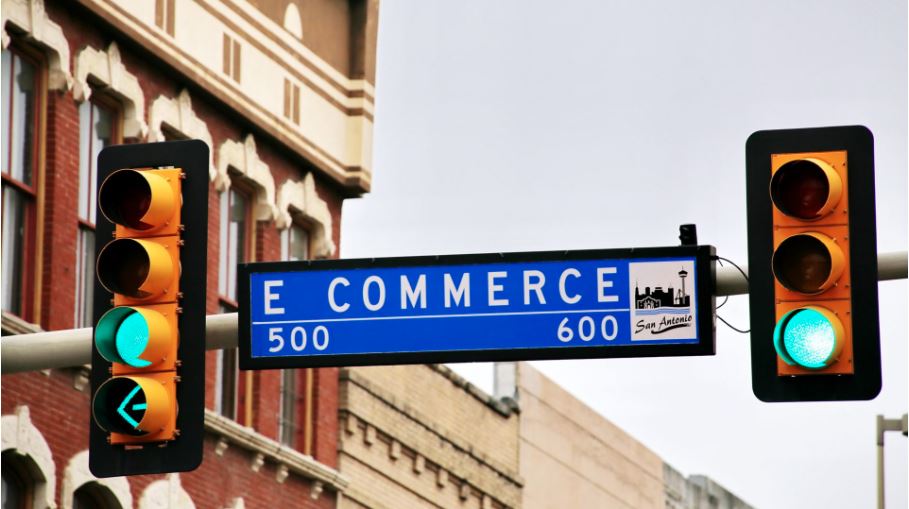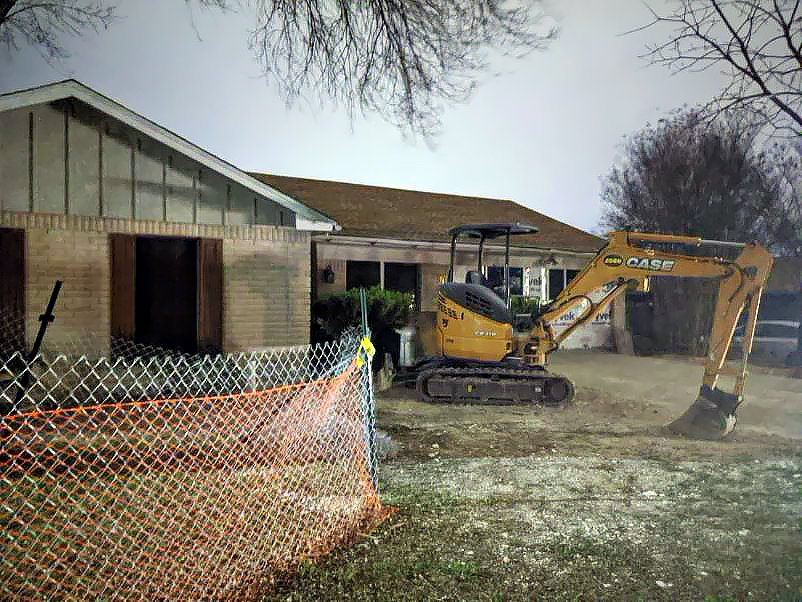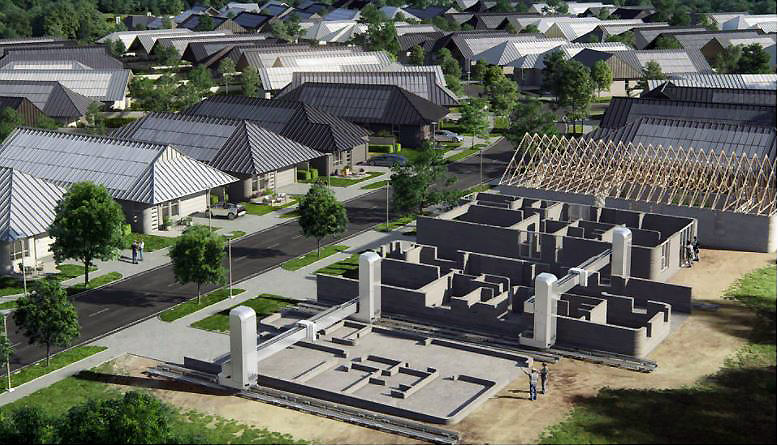The pandemic hasn’t exactly been kind to retailers as residents across the nation were asked to stay home for months on end last spring and summer. However, despite the ongoing nature of the COVID pandemic, there are not only signs of life for Texas retail, but an indicator that the health of the retail market is strong. Recent reports from NAI Partners specifically look at the markets in Austin, San Antonio and Houston, and offer compelling evidence of a return to normalcy.
Perhaps the biggest story in Texas retail at the moment is the success of the San Antonio market. According to the NAI Partners report, San Antonio retail rents have actually reached a new all-time high. Inflation concerns aside, the average triple net lease asking rent has risen by nearly a dollar from $16.08 in October 2020 to $17.06 this October. Vacancy and availability is also down in San Antonio. The current vacancy is just 5.2% while the availability rate is just under 7%.

The report also notes that this October was the first time in three years that the amount of net absorption was higher than the volume of deliveries between January and October, suggesting that demand is beginning to outpace supply.
There were a number of big deals that helped push the leasing activity well over 2 million square feet. Floor and Decor took 91,000 square feet at 13905 North I-35 while gyms LA Fitness and Crunch Fitness leased 50,000 square feet and 30,000 square feet respectively.
The story is similar in Austin as the city continues to witness tremendous population growth and investment. The vacancy rate currently hovers just under 4%, which is the lowest rate in three years, according to the report. This means that this is not only back to a pre-pandemic vacancy level, but this level of low vacancy predates the pandemic by at least a year. A year prior, the vacancy rate was slightly higher at 4.6%.

Also similar to San Antonio, overall availability is down and net lease prices are up. The overall availability this October was 5.7% — down from 6.3% a year prior — while triple net lease rents were up a few cents to $21.38.
There is less than 700,000 square feet of new retail space under construction in Austin, which could see vacancies and rents continue to head in the same direction as demand increases. Leasing activity was more or less unchanged between October 2020 and October 2021 at 1.78 million square feet.
Notable leases include H-E-B’s 102,000-square-foot lease in Liberty Hill and a 62,000-square-foot lease in Taylor, the report highlights. Ashley HomeStore claimed a 40,000-square-foot space in Cedar Park, also making it one of the biggest lease deals of the year for Austin.
And finally, we take a look at the Houston retail market, which is also quickly gaining ground. Unlike the office market, which has struggled in this last year, the retail market in Houston is back to pre-pandemic vacancy levels, the report reveals.
Overall retail vacancy was down to 5.8% this past October, which is a slight improvement from 6.1% during the same period in 2020. Availability is mostly unchanged at 3.925 million square feet versus the 4.046 million square feet from October 2020.

However, the big story here is leasing activity and net absorption. Year-to-date, Houston has witnessed 6.39 million square feet of lease deals and had 4.87 million square feet of space absorbed. The net absorption is almost double the number from the same period of January-October 2020. In fact, it’s the first time since 2016 that the city has seen a similar absorption rate, the report indicates.
The leases highlighted in the report include a 136,000-square-foot deal by Target in Montgomery County, the 77,697-square-foot lease by AXXA Auto on Gulf Freeway and Hobby Lobby’s 56,000-square-foot lease renewal in Willowbrook.











